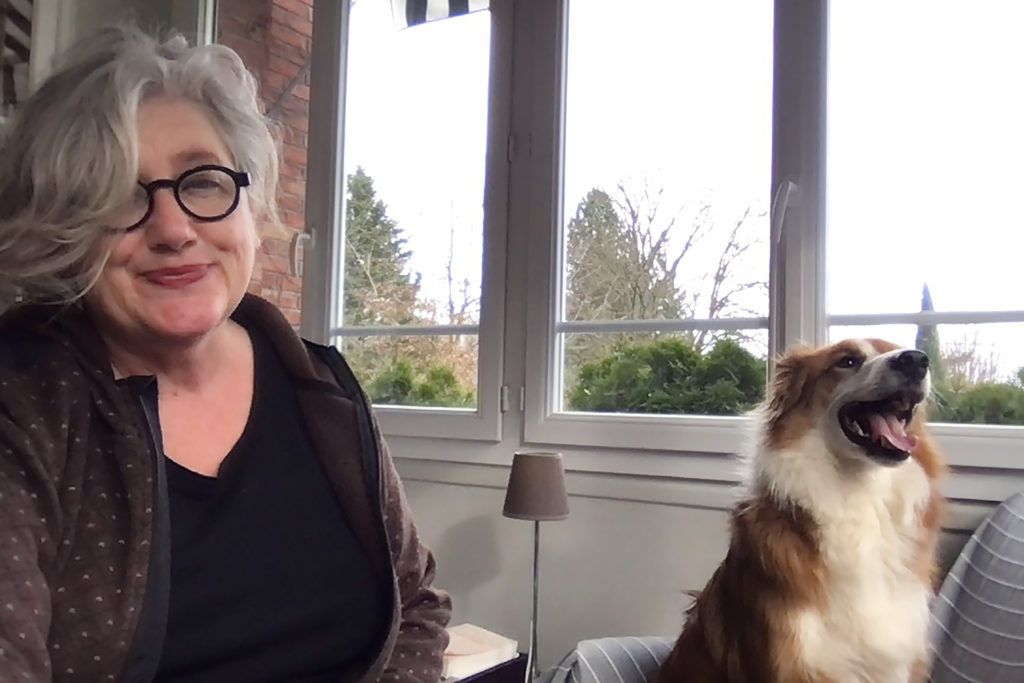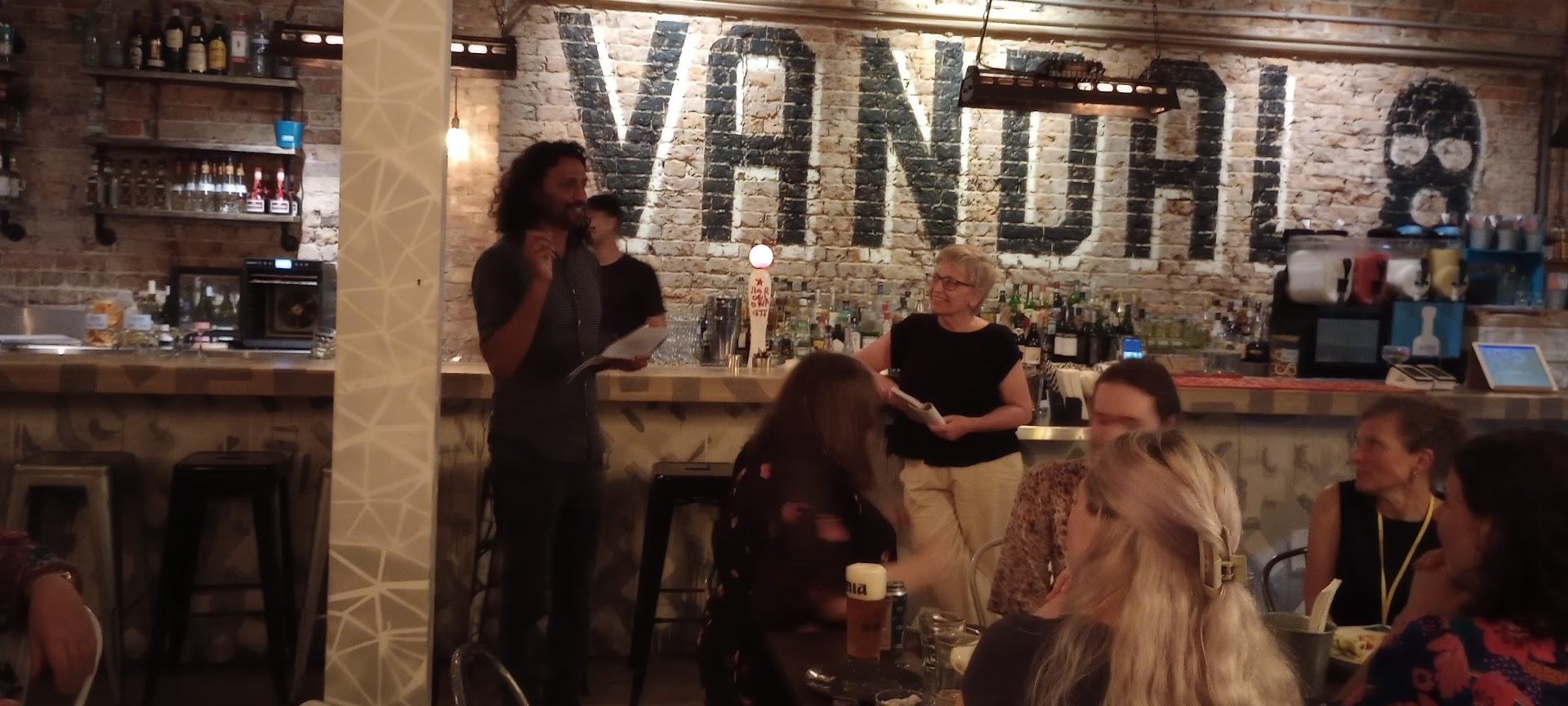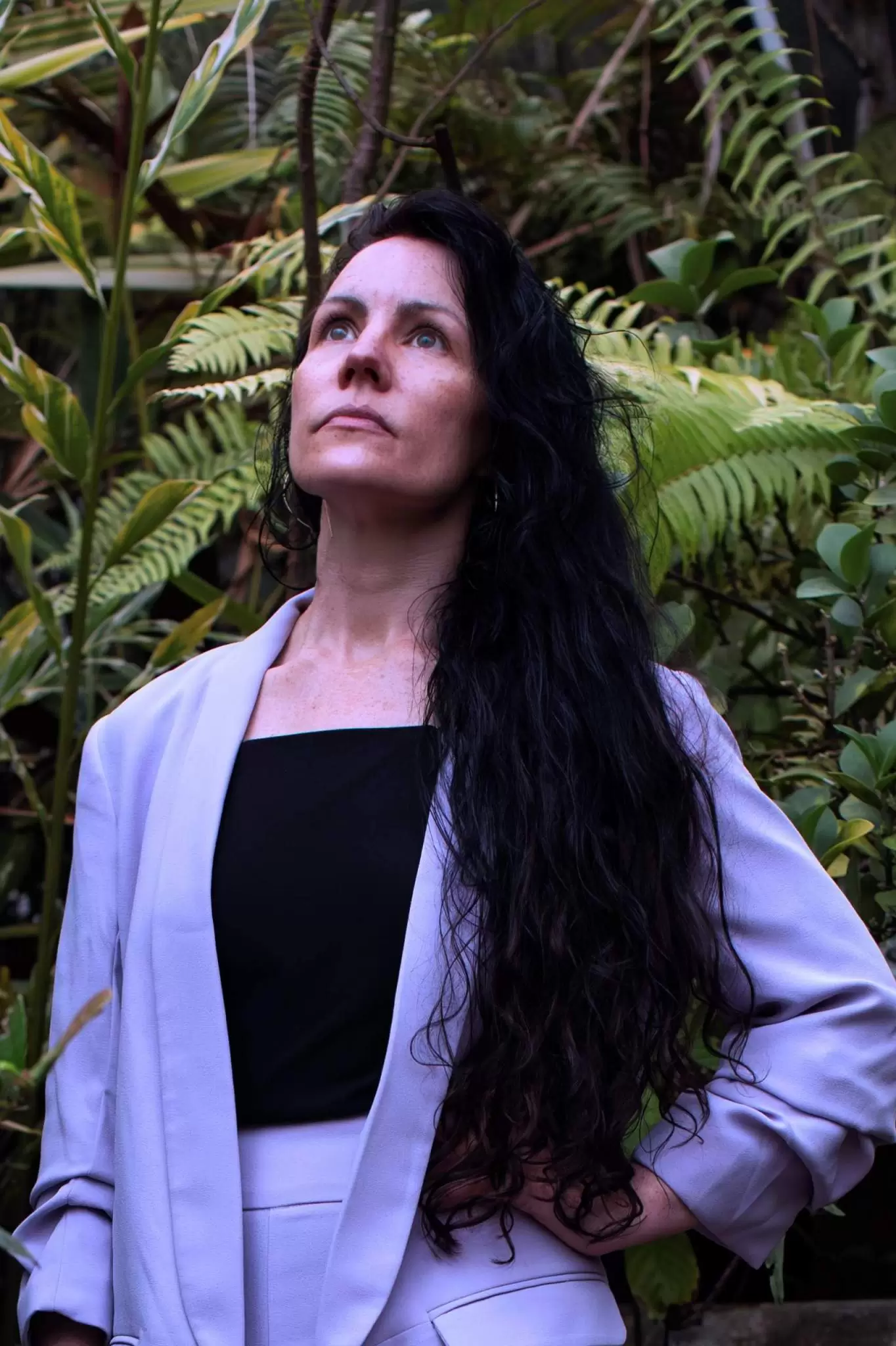—
Growing up, I always gravitated towards animals – I avoided eating meat, I grieved deeply when my companion animals passed away, and spent every holiday in the company of dogs, cats, horses, chickens and lambs on my grandparents’ farm in Taranaki, Aotearoa-New Zealand. Decades later, I was listening to an ABC radio interview with an animal communicator and grief counsellor, who helped people recover from the death of their companion animals. The level of sincerity she expressed for their loss was entirely novel to me. It was a lightbulb moment. From there, I started volunteering at wildlife sanctuaries and took a course in vet nursing.
The first time I met a dingo was in 2002. It was at an open day for the Toolern Vale Dingo Sanctuary just outside Naarm/Melbourne. I was expecting to see the kind of uncontrollable feral dog that you find in the maximum security section of the local pound. Instead I was greeted by a graceful, beautiful animal with an infectious smile and intelligent gaze. She was exquisite. The level of misrepresentation riled me – how could my preconceived ideas of the dingo be so entirely wrong?
The more I discovered about dingoes, the more intrigued I became. I ended up adopting two dingo pups in May 2004. ’Excess to requirements’ at the sanctuary, they were 10 days old, eyes closed, and needing bottle feeding around the clock.
When the pups were almost a year old, I worked with Hungarian ethologist Professor Adam Miklosi who was doing behavioural trials comparing dingo behaviour to that of hand-raised wolves and dogs. It was a completely enchanting project, and inspired me to pursue further research. I started a BSc in scientific photography in 2006, then did a Masters in animal science, and finally a PhD in ecosystem management, drawing on archival, scientific, cultural and legal sources. It was a dingo-inspired education that: explored the dingo’s role as a cultural keystone species for First Nations societies and then considered their turbulent colonial history, including the ecological impact of 200 years of dingo control. This work is now being developed for publication.
I have recently written a feature for Australian Geographic on the 5,614km Dingo Barrier Fence. Based on my paper in Biologia Futura, it examines the long-term impact of dingo control on eastern Australian arid-zone ecology. Decommissioning the fence holds great potential for ecosystem restoration, new industries and cultural renewal across a region currently described as at risk of total ecosystem collapse.
My work towards decommissioning the fence is yet another way in which dingoes have been part of my life over the last 15 years. While I have learned a lot from my writing and advocacy, I have learned even more from watching my three children grow up in the company of dingoes. There is always so much joy in these animals, and so much beauty. I still find myself amazed and surprised to find these animals in my life.
Bio: Justine Philip works as a historian for the Wurundjeri community in Naarm/Melbourne. Her current research documents the impacts of agrochemical farming systems on native and introduced species in Aotearoa-New Zealand and Australia. Her thesis won the University of New England Chancellors Doctoral Research Award and is now being prepared for publication. Her writing includes the Australian Geographic feature “The Dog Fence” (May 2022). Further professional details can be found here.



